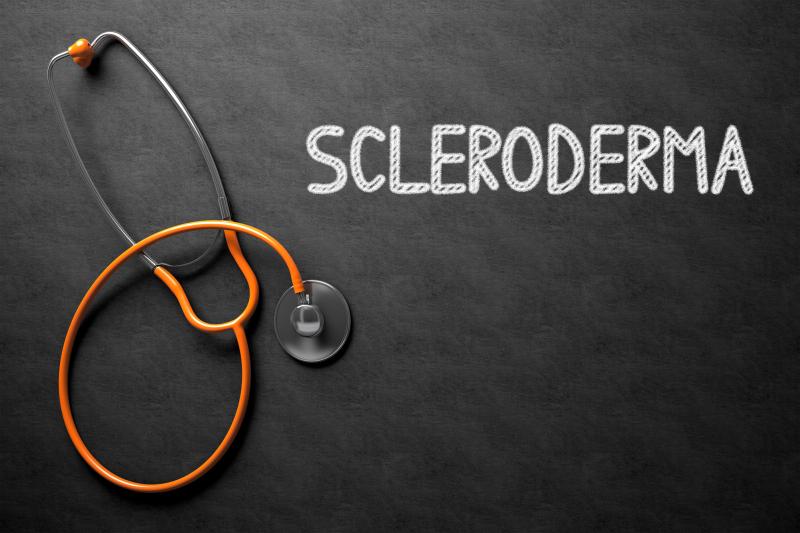
Oedema (T2 ratio) and late gadolinium enhancement (LGE) on cardiovascular magnetic resonance (CMR) are highly predictive of rhythm disturbances in patients with systemic sclerosis (SSc), a study has found.
Researchers used data from the Scleroderma Arrhythmia Clinical Utility Study (SAnCtUS), a prospective multicentre study involving 150 consecutive SSc patients (mean age, 54.3 years; 84 percent female) from eight European centres. They translated 24-hour Holter findings into a tangible risk prediction score using CMR.
In the cohort, 108 (73.4 percent), 128 (87.1 percent) and 36 (24.5 percent) patients used immunomodulatory, cardiovascular and antiplatelet medication, respectively. Median left ventricular ejection fraction (LVEF) was 64.5 percent, with LVEF <50 percent in eight (5.3 percent) patients and ≤35 percent in two (1.3 percent) patients.
Seventy-three (48.7 percent) patients had one or more rhythm disturbances of any type, among whom 20 had at least one type of supraventricular rhythm disturbance and 68 at least one type of ventricular rhythm disturbance. There was one patient with atrioventricular block, while another had pulmonary hypertension.
Of the CMR indices, only T2 ratio and LGE emerged as significant predictors of ventricular rhythm disturbances, but not of supraventricular rhythm disturbances, in multivariable logistic regression models. The researchers then created a four-category scoring system (the SAnCtUS score) based on T2 ratio and LGE for identifying SSc patients at high risk of experiencing ventricular rhythm disturbance at baseline.
Higher SAnCtUS scores correlated with a greater disease and arrhythmic burden. All cases of nonsustained ventricular tachycardia (n=7) occurred in the group of patients with the highest SAnCtUS score (4). Compared with lower scores, the highest score was associated with a heightened risk of the combined endpoint of sustained ventricular tachycardia requiring hospitalization and sudden cardiac death at a median follow-up of 1 year (hazard ratio, 3.86, 95 percent confidence interval, 1.14–13.04; p=0.029), independent of LVEF and the presence of ventricular tachycardia at baseline.